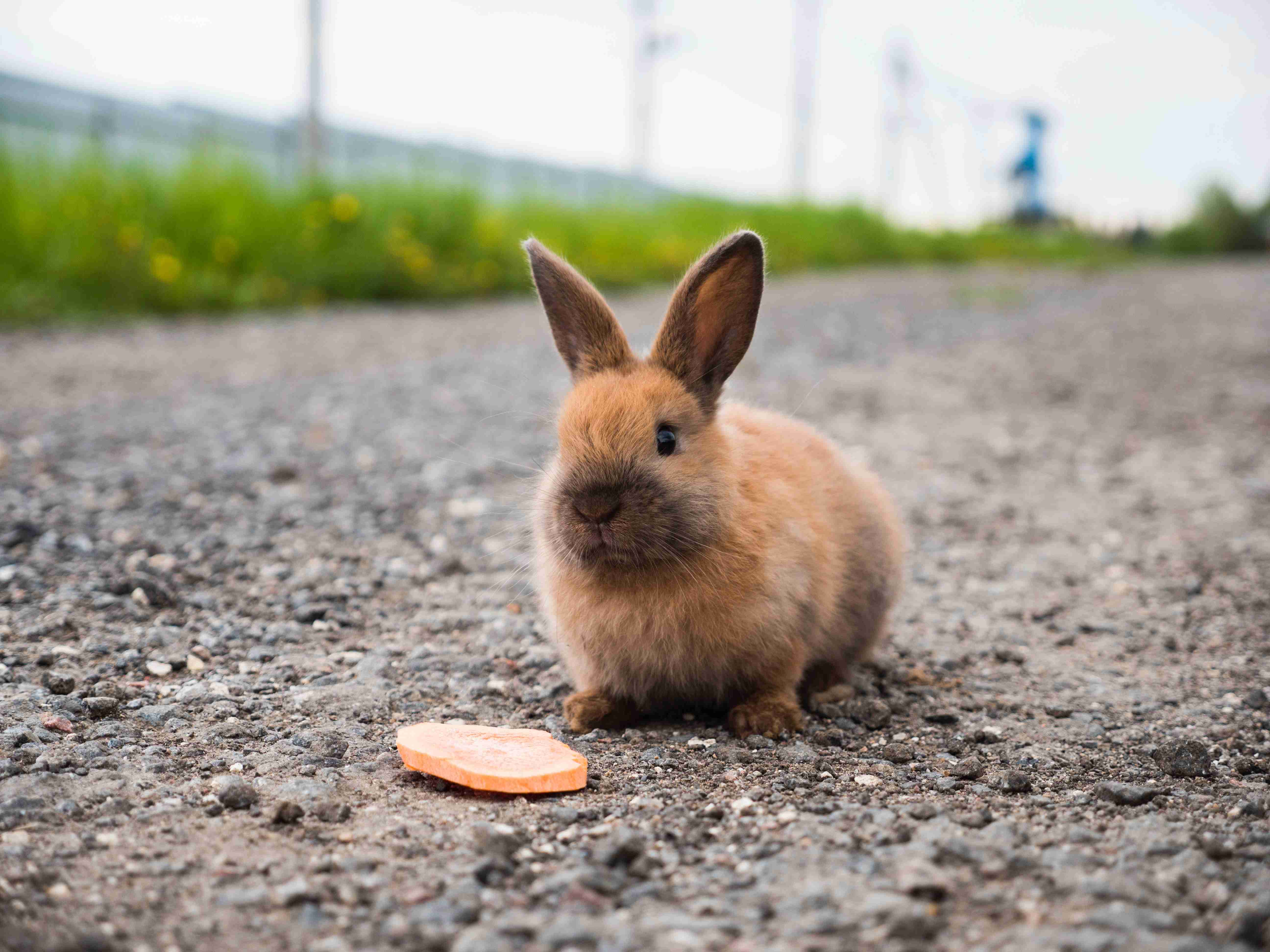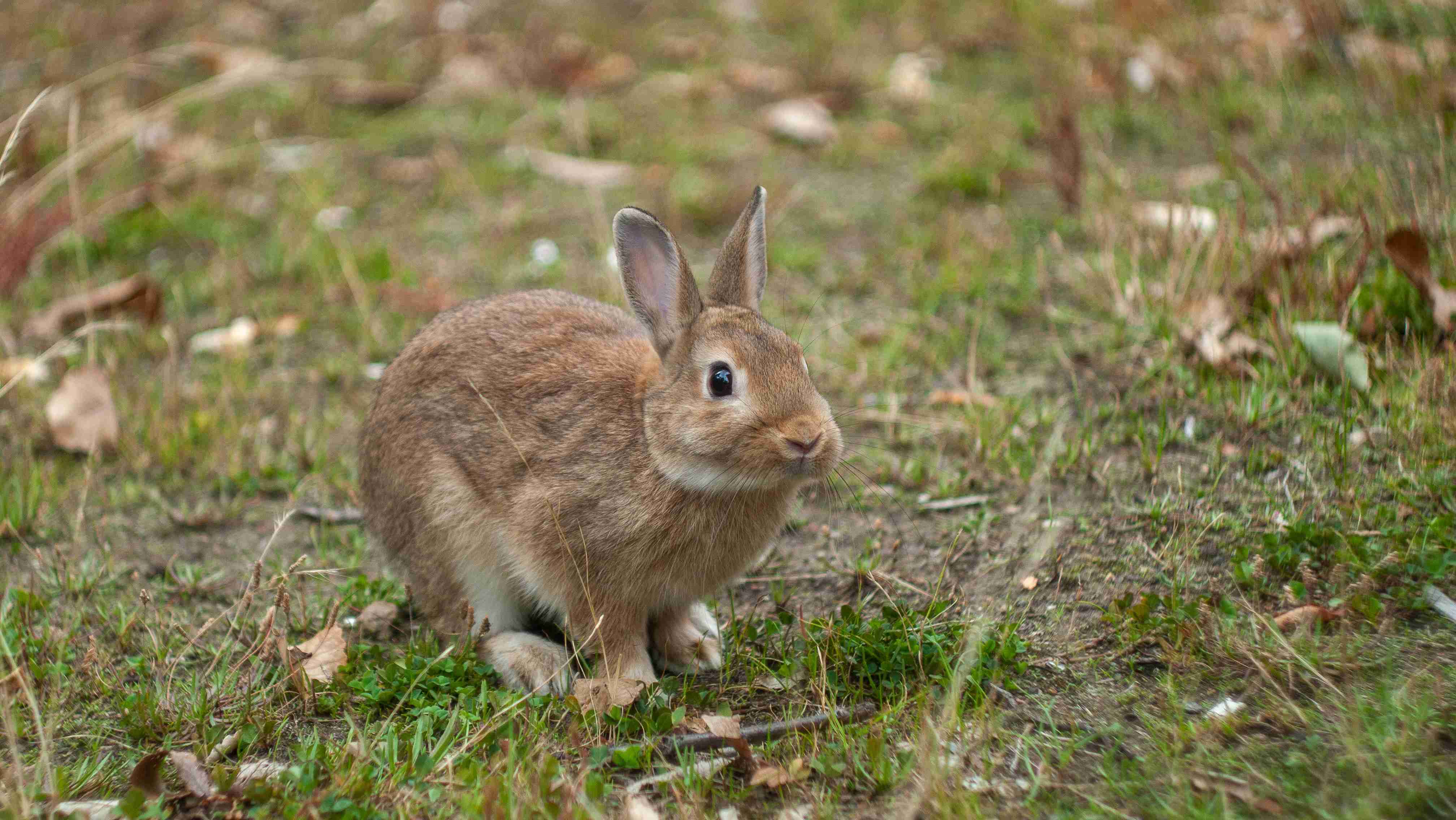Rabbits are adorable, furry creatures that make great pets. They are known for their playful nature, soft fur, and twitching noses. However, owning a rabbit comes with its own set of responsibilities, one of which is to keep a close eye on their health. One of the most common health issues that rabbits face is gastrointestinal stasis, a condition that affects their digestive system. As a rabbit owner, it is important to recognize the signs of gastrointestinal stasis, so you can take prompt action and ensure your furry friend stays healthy and happy. In this blog post, we will discuss the symptoms of gastrointestinal stasis in rabbits and what you can do to prevent it from happening.
Gastrointestinal stasis, also known as GI stasis, is a common and serious health issue in rabbits. It occurs when the digestive system slows down or stops entirely, preventing food from moving through the gut and causing a buildup of gas and toxins in the body. If left untreated, GI stasis can be fatal for rabbits.
One of the first signs of GI stasis in rabbits is a decrease in appetite. Your rabbit may stop eating altogether or only nibble at their food. You may also notice a decrease in the amount of feces your rabbit produces, as well as a change in the consistency of the feces. If the feces become smaller, harder, and drier than usual, this could be a sign of GI stasis.
Another symptom of GI stasis is a decrease in activity level. Your rabbit may appear lethargic and less interested in playing or exploring their environment. They may also spend more time huddled in one spot, rather than moving around.
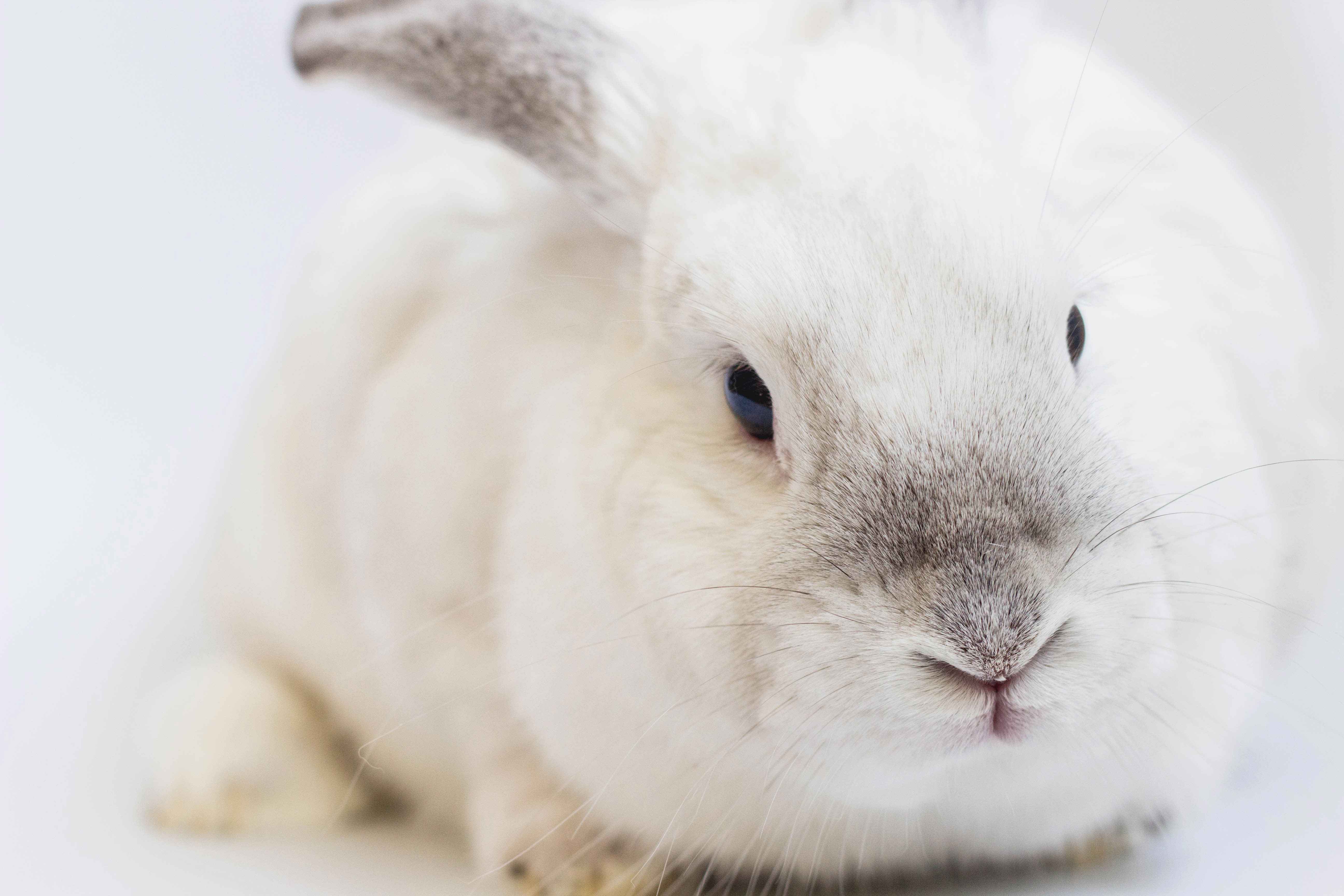
In addition to these symptoms, rabbits with GI stasis may also exhibit signs of discomfort or pain. They may hunch their backs, grind their teeth, or make other vocalizations of distress. If you notice any of these signs, it is important to seek veterinary care for your rabbit as soon as possible.
In some cases, rabbits with GI stasis may also develop other health problems, such as dehydration, urinary tract infections, or even liver damage. These complications can be life-threatening, so prompt treatment is essential.
If you suspect that your rabbit is experiencing GI stasis, it is important to seek veterinary care as soon as possible. Your vet may recommend a combination of treatments, including medication, changes in diet, and supportive care such as fluid therapy and pain management. With prompt and appropriate treatment, most rabbits can make a full recovery from GI stasis.
To prevent GI stasis in rabbits, it is important to provide them with a healthy diet that is high in fiber and low in carbohydrates. Make sure your rabbit has access to plenty of fresh hay, as well as fresh vegetables and a limited amount of pellets. Regular exercise and plenty of water can also help keep your rabbit’s digestive system healthy. By recognizing the signs of GI stasis and taking steps to prevent it, you can help ensure that your rabbit lives a long and healthy life.
In conclusion, gastrointestinal stasis is a serious and potentially life-threatening condition for rabbits. As a responsible pet owner, it is important to be aware of the symptoms of this condition and seek veterinary assistance immediately if you suspect your rabbit may be suffering from it. Remember, with prompt treatment, most rabbits can recover from gastrointestinal stasis and go on to live happy, healthy lives. So, be vigilant and keep an eye out for any signs of digestive problems in your furry friend. By doing so, you can ensure that your beloved rabbit receives the care and attention they need to stay healthy and happy.
Please follow us on Social Media


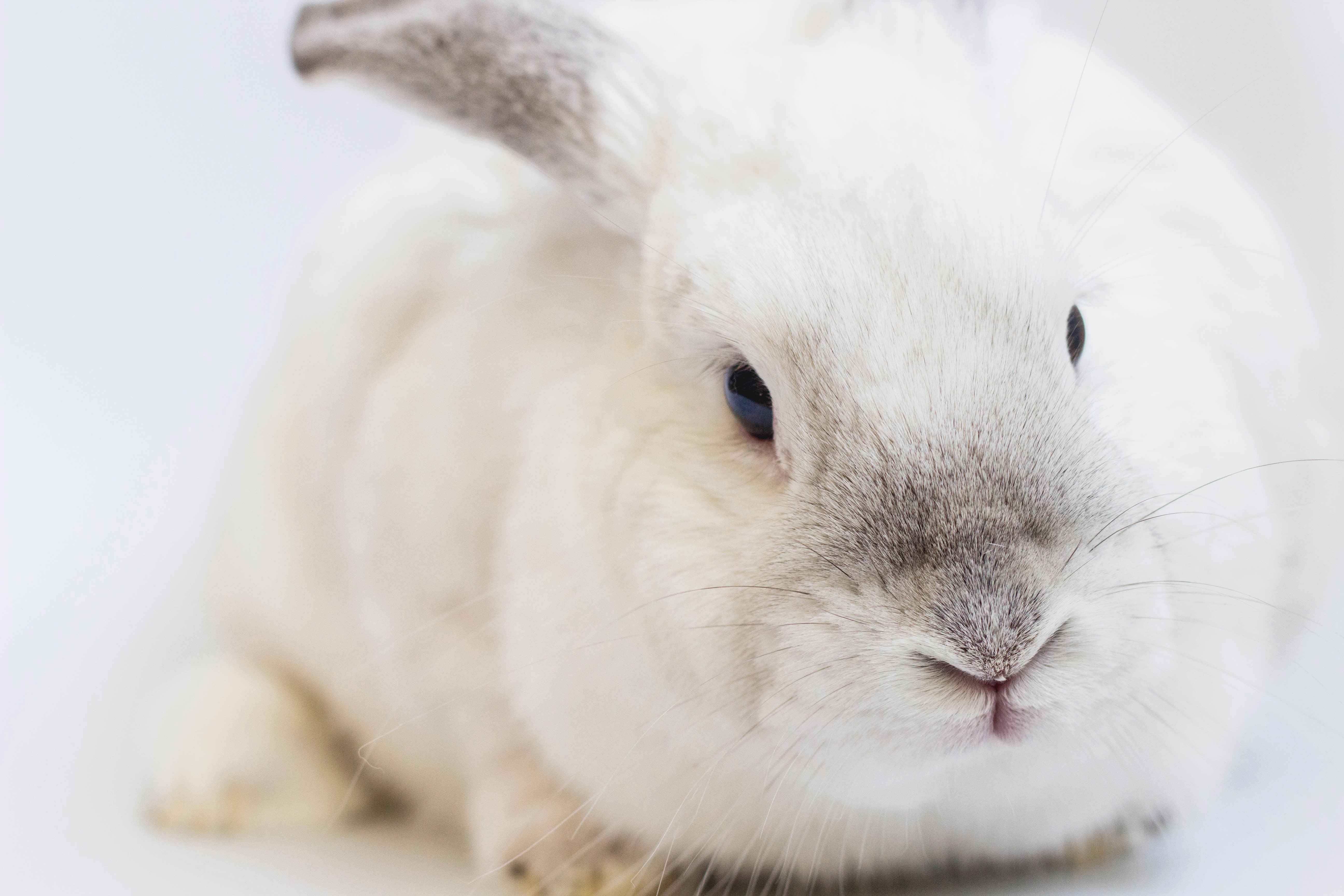

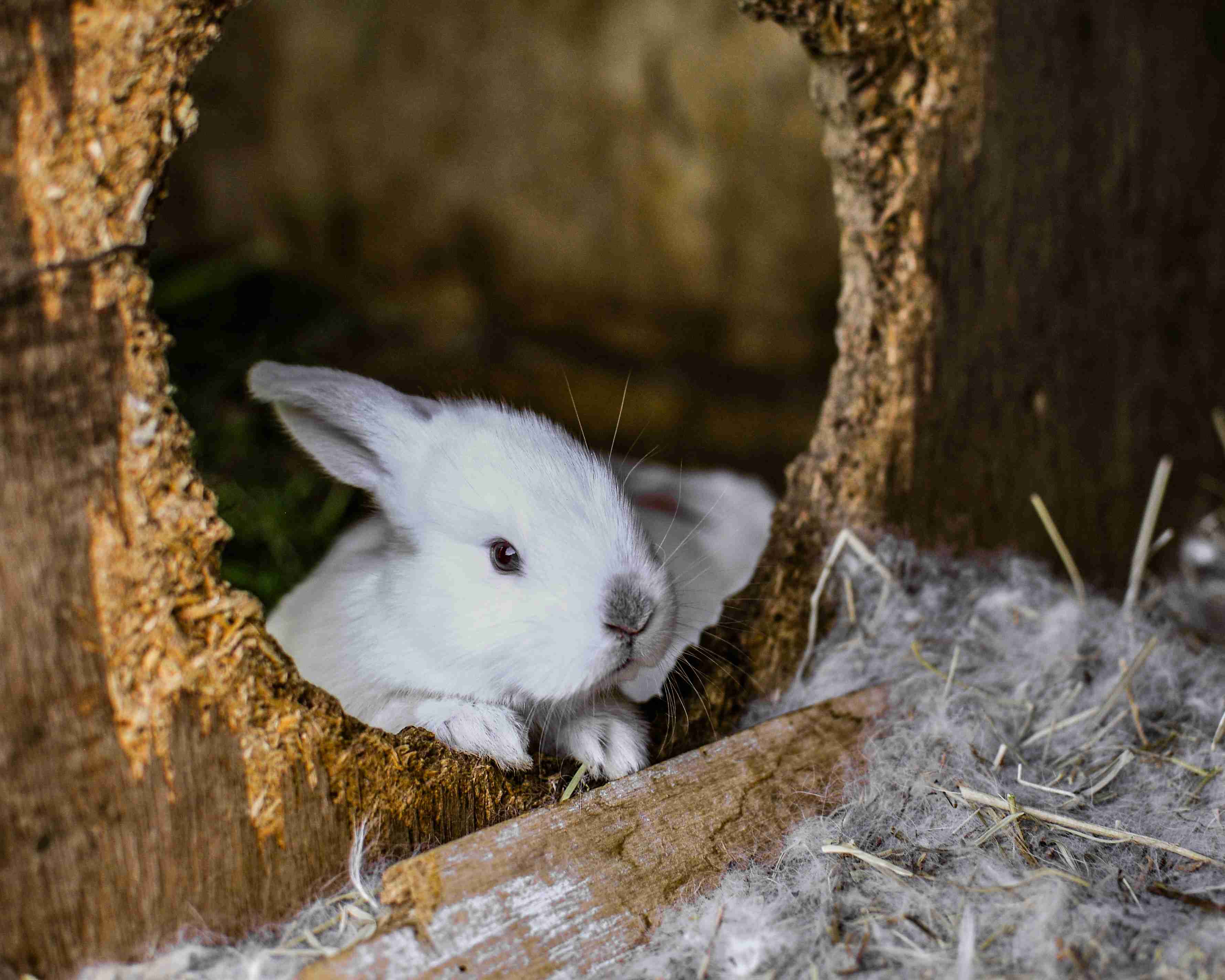
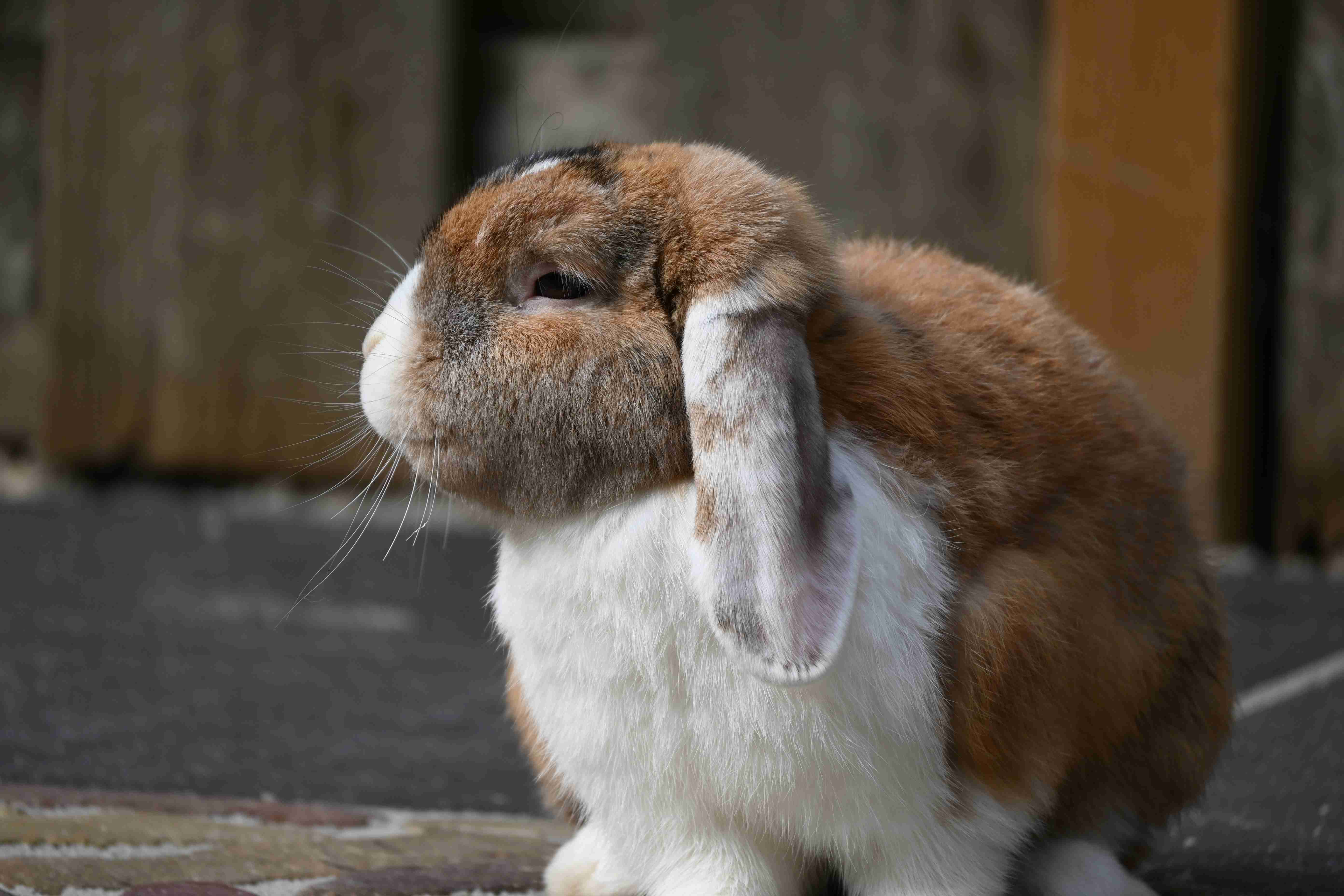
.jpg)
